A pilot scheme has shown how 5G can be used in applications that combat loneliness, improve medication adherence and enable patients to leave hospital earlier
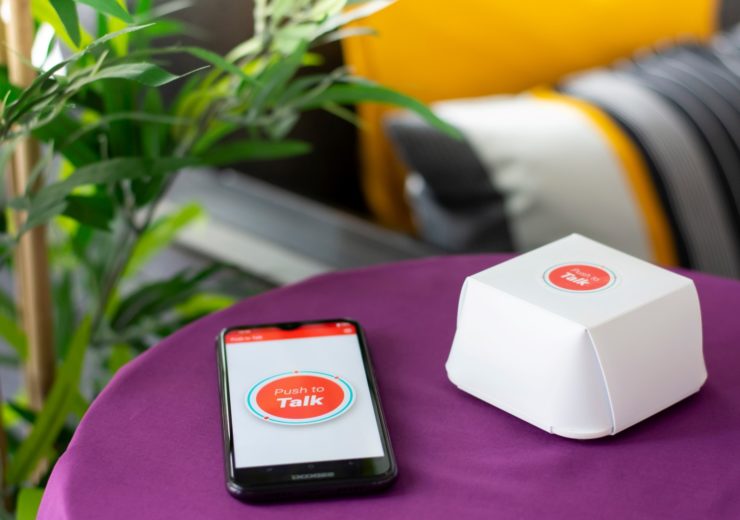
Push to Talk is one of the devices trialled by the Liverpool 5G Testbed project
From pharmacists managing patient medication via video calls to wearable blood pressure trackers, potential use cases for 5G in the healthcare industry are emerging after a trial.
A 5G testbed project in Liverpool, backed by the UK government, has uncovered a number of applications for next-generation internet connectivity.
The technology, which promises faster connection speeds, lower latency and improved resilience, is being trialled in various industries across Britain to help policymakers prioritise where it should be deployed in the early stages of its roll-out.
Rosemary Kay – project director of Liverpool 5G Testbed and director of the national eHealth Cluster, which brings together technology SMEs and the care sector to accelerate innovation – said the £5.25m ($6.8m) scheme has concentrated on finding real-life problems in social care that 5G could help solve rather than just pushing out technology for the sake of it.
She said: “The low latency and high performance of 5G will allow remote appointments and consultations, and there’s a huge potential for cost savings and improving services.
“There’s a lot of new technology coming on the market but we want to enable people to use it in their own home so they can live at home for longer, or leave hospitals earlier with monitoring equipment.
“We’ve only looked at devices that will have an impact on the way services are being delivered, and where we can show improvements to outcomes have been made – which is sometimes the hardest part.”
What is the E-Health cluster?
The eHealth Cluster works alongside the Liverpool 5G Testbed programme, which is part of the UK5G national innovation network dedicated to researching how industry can adopt the tech.
It was one of six testbed programmes and received £4.5m ($5.9m) in funding from the Department for Digital, Culture, Media and Sport, with the rest funded by private sector partners.
Together, the organisations conducted trials in the Liverpool suburb of Kensington. The area has a high unemployment rate and lower-than-average life expectancy, and Kay claims the widening social inequality means many households don’t have a broadband connection.

Her team worked with Bristol-based telecoms service provider Blu Wireless, which has developed technology that uses millimetre-wave (mmWave) radio waves to create a network consisting of 220 Wi-Fi units installed on street infrastructure like lampposts near homes involved in the scheme.
This helps to boost the signal for the “last mile”, creating high-speed connections at all points in the network.
It is operated by Liverpool City Council, which makes it free for users who connect to it for accessing health and social care services.
Kay said: “The types of devices we’re looking at need to be affordable. You can’t have a situation where people can be released from hospital if they have broadband but if they don’t, then they can’t leave.
“The mmWave technology offers the ability to make 5G affordable and reliable because if we’re giving patients monitoring devices, we can’t just have their internet going off.”
The applications were assessed according to the eHealth Cluster’s adoption readiness level model, which gives health and social care organisations a set of criteria to consider – including running costs, ease of system integration and ease of use for people – before buying new tech.
Kay explained to NS Healthcare some of the 5G healthcare use cases that have shown promise so far.
5G healthcare use cases
Prescription medication management
Not too dissimilar to the Alexa-enabled Amazon Echo in appearance, the Paman device is equipped with the video-audio Medihub technology.
Developed by The Medication Support Company, it provides a video link to a qualified pharmacist, based remotely at a monitoring centre, who can assist with taking medications.
Kay explained: “Patients are often prescribed a variety of different medication to take throughout the day and may need help so a team of care staff, funded by the council, go out to see them.
“There’s a recruitment crisis in social care at the moment, which means people are waiting in hospitals for a care package.
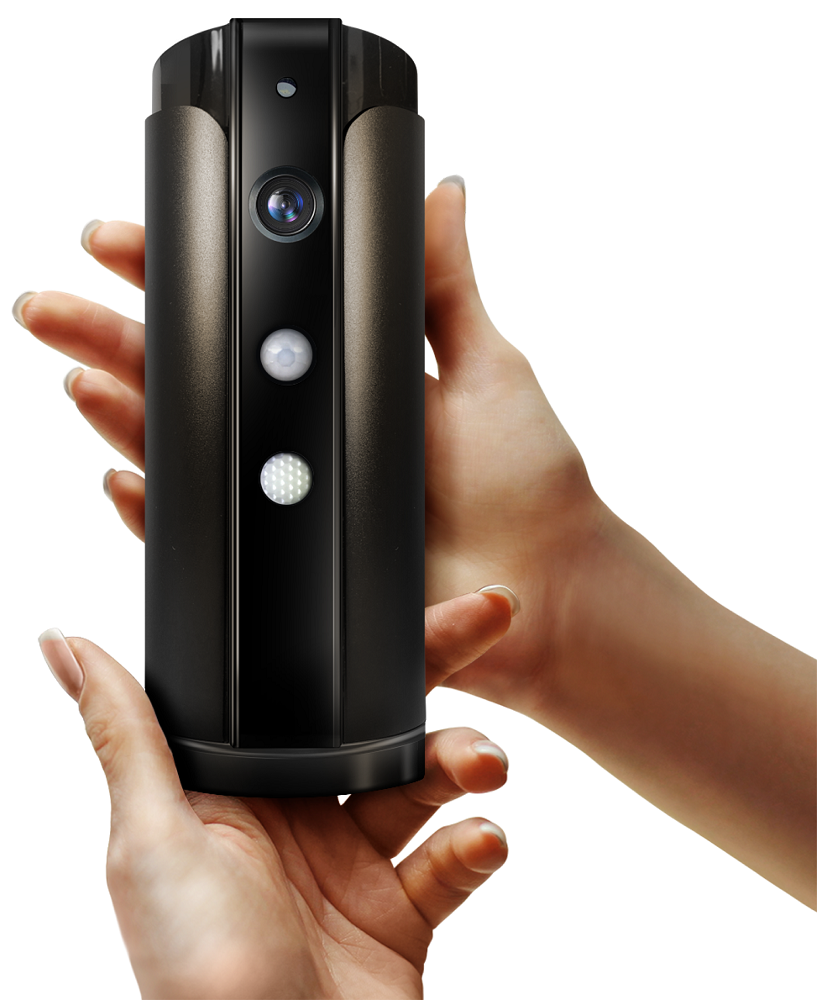
“The care workers feel that administering medication is an awful lot to ask of them because they aren’t medically trained.
“With the Paman, it will remind the patient to take their medication and then the pharmacist will call to watch them take it, and offer advice if it isn’t being taken correctly.”
The national average for medication adherence is 55% but in a trial group of 31 patients using the Paman over a nine-month period, this figure was at 95%.
By cutting waste medication and enabling carers to concentrate on priority patients as a result, the eHealth Cluster estimates the technology could save £208,000 per year for every 100 patients.
Kay added: “The implication of these results is that people would previously go to the doctor saying they still don’t feel well despite taking the medication, but it turns out they were taking it at the incorrect times or the wrong way.
“People have spoken about feeling more independent. Instead of waiting for a carer – one person said it was like waiting for the plumber to arrive every day between 8am and 11am – they have more flexibility in their day.
“We recognise it’s not going to work for everyone, however, because you need hearing and dexterity to be able to take the medication by yourself.
“But what it does is it releases the care workers to spend more time with the patients who it doesn’t work for.
“We have worked with four or five pharmacists but in the future we’re looking at how local pharmacies could take up this role to help strengthen their business.”
Addressing loneliness
There are 3.6 million people in Britain who are defined by Age UK as elderly, with 1.9 million of those said to often feel “ignored or invisible”.
The charity says loneliness can be as harmful to health as smoking 15 cigarettes a day.
Push to Talk is an internet of things (IoT) device that aims to reduce isolation by using 5G to connect people living in similar situations or environments.
A user presses the top of the unit, which is said to be easy to install, if they want to talk and will be connected to someone in their community who has also made themselves available to chat about common topics.
Kay said the devices have been deployed to residents in supported living accommodation.
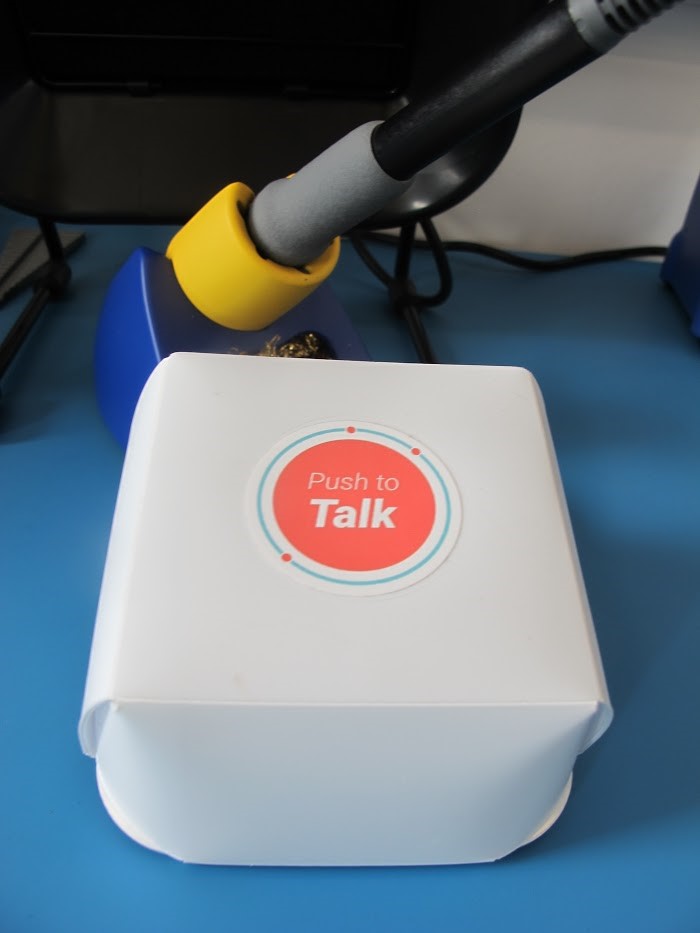
“It might be useful for an elderly couple where one has dementia and the other is now their full-time carer, and has lost the friends they talked to most of the time,” she added.
“The device just has a button they can push if they want to talk to someone and they’ll be connected to someone in their peer network. It’s nice to talk to someone who understands their position.
“It’s not about the technology on its own but integrating it into services like the Liverpool Carers Centre, which was able to identify who would benefit from it.”
Conversations enabled by Push to Talk, built by Liverpool-based DefProc Engineering, have lasted about 15 minutes on average but some have been as long as an hour and 45 minutes.
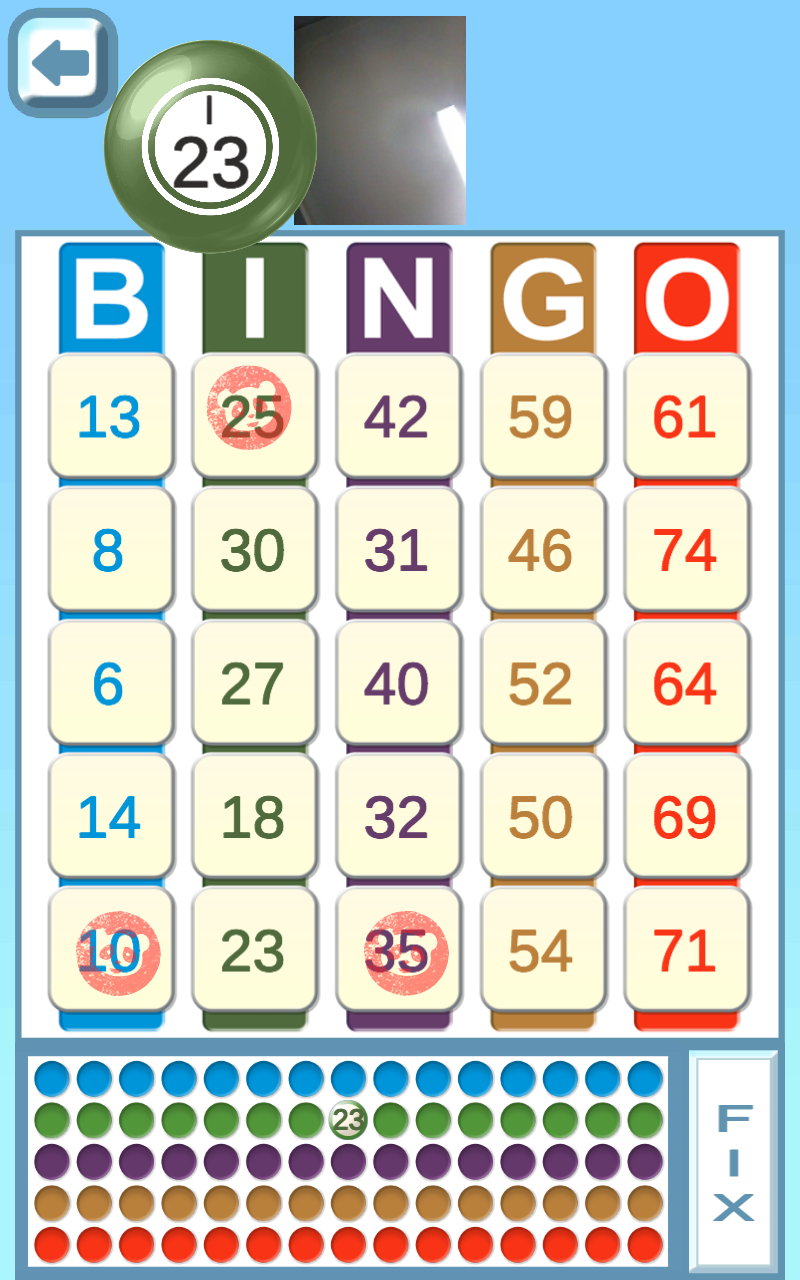
Another company from the city, video game developer CGA Simulations, has also created an anti-loneliness quiz and gaming app.
Connecting to 5G-enabled Wi-Fi, it can be used on mobile devices and brings together people to play video-based games like bingo or take part in quizzes.
Health monitoring sensors
Sensors have been installed by Safehouse Technology in patients’ homes to help remotely-based doctors and nurses to monitor their wellbeing.
IoT-enabled nodes can measure temperature, humidity and power supply to ensure the living environment is optimised, while sensors placed on doors and in communal areas are able to immediately report incidents such as falls or anti-social behaviour to enable a real-time response.
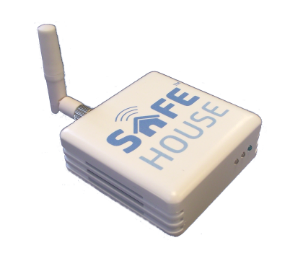
Patients have also been equipped with wearable devices that can detect the early signs of dehydration in bodily fluids, although Kay admitted more work was needed to improve the user interface.
“The idea is to work with care providers to monitor people who they know are prone to dehydration and encourage them to drink more,” she added.
Other telehealth monitoring devices can measure vitals like blood pressure, heart rate and oxygen levels, which could enable patients to leave hospital earlier as doctors can be updated on their condition remotely.
Future 5G healthcare use cases
The 5G network remains in place and the healthcare applications continue to be used and monitored, with the project team now seeking more funding to extend the programme across the Liverpool City Region – an economic area that includes outlying areas and has a population of more than 1.5 million.
Some companies have approached Liverpool 5G Testbed with ideas for more use cases of implementing 5G in healthcare.
These include using virtual reality glasses to give palliative care patients escapist experiences as a method of pain relief, and using robotics as companions to combat loneliness.
Kay added: “We’re keeping a watching eye on the technologies that come up and we just need to think about how to adopt them effectively.”


